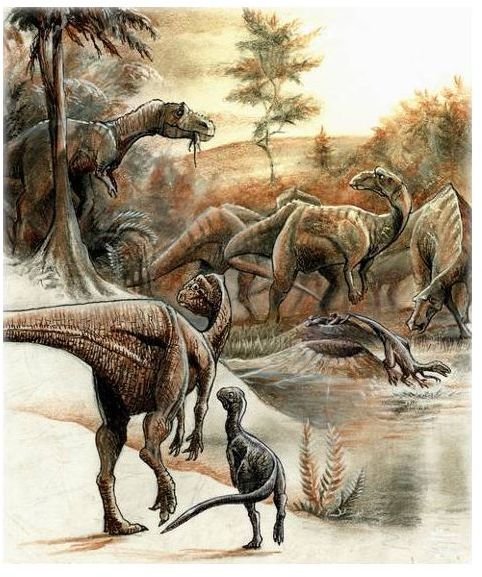What are the Different Types of Dinosaurs?
About Dinosaurs
Millions of years ago, different types of dinosaurs ruled the planet. There were various sizes and species of dinosaurs spread across different time periods. They are now being categorized according to species, to their kind of diet, their size, and the time period when they roamed the earth.
[caption id="" align=“aligncenter” width=“600”]
Like animals today, different kinds of dinosaurs had different tastes in food. Some were plant eating dinosaurs and some were meat eaters. There were also those that consumed both plants and meat. Of course, there are no direct evidence to determine what exactly a dinosaur ate because no one was alive back then to actually see what dinosaurs actually ate. These classifications of dinosaurs were based by scientists on clues found in dinosaur fossils. Certain facts were also concluded based on the kind of food that were present during the time period when a certain kind of dinosaur lived.
Dinosaur Types According to Diet
Herbivores Herbivores, or plant eating dinosaurs, ate plants, leaves, fruits, grass and flowers. Anything green was considered meals for these dinosaurs. Their movements were usually slow as there was no need for them to chase after their prey. Herbivores with shorter heights tended to feed on grass and low lying plants, while the taller ones or those with long necks used to feed on leaves of trees. They were considered to be at the bottom of the food chain because they served as prey to carnivores. Examples of herbivores include the Kentrosaurus, the Kritosaurus, the Lambeosaurus, the Lesothosaurus, the Diplodocus, the Diabloceratops, the Corythosaurus and the Chasmosaurus. Carnivores Carnivores, or meat eaters, ate other dinosaurs and other types of animals. They had sharp teeth and very athletic bodies for running and hunting prey. They were fast movers and most of them stood on two feet. Some of them evolved into very efficient hunters, eating prey that they have just caught and killed. Other carnivores were better suited as scavengers, feeding on dead dinosaurs that other carnivores had hunted and killed. Examples of carnivores include the Albertosaurus, the Afrovenator, the Alectrosaurus, the Adasaurus, the Allosaurus, the Carnotaurus, the Ceratosaurus and the dreaded Tyrannosaurus Rex. Omnivores Omnivores are the smaller group among the three different types of dinosaurs. But they definitely stood a bigger chance of survival because they had a wider range of food choices, since they ate both plants and animals. Examples of omnivores include the Oviraptor, the Sinovenator, the Pelecanimimus, the Protarchaeopteryx, the Avimimus, the Caudipteryx and the Chirostenotes.
Further Classification
Herbivores, carnivores and omnivores are further classified into sub-groups based on their body structure. The two major classifications are ornithischia and saurischia. Dinosaurs in the ornithischia classification have a pelvic structure similar to birds. Dinosaurs in the saurischia classification have a pelvic structure similar to lizards. They also have asymmetrical fingers and long necks. Now you have a better understanding of the most common classifications of dinosaurs, just in case you happen to see one around the corner someday!
References
Dinosaur Jungle KidsDinos.com: Dinosaurs for Kids Coloring Pages Image Credit / Wikimedia Commons / Pavel.Riha.CB
